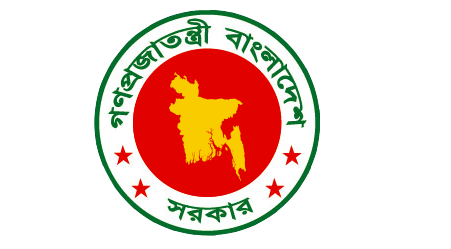Urban poverty and vulnerability in Bangladesh have intensified amid rapid urbanisation and rural-urban migration, with cities becoming both engines of economic growth and hubs of concentrated poverty. Despite economic progress, urban poverty reduction has lagged behind rural areas, with urban moderate poverty decreasing at an annual rate of 0.5 percentage points compared to 1.2 percentage points in rural areas between 2010 and 2022. The urban population share rose from 23.4% in 2011 to 31.7% in 2022, with projections indicating it will surpass the rural population by the late 2030s. This demographic shift has led to a rise in urban poor and vulnerable populations, with 28.5% of urban residents classified as poor or vulnerable in 2022. The policy brief finds that the absolute number of urban poor and vulnerable people has risen, with urban poor increasing from 7.4 million in 2010 to 7.9 million in 2022, and vulnerable urban residents growing from 13.3 million to 15.3 million. While the number of poor and vulnerable people increased in urban areas, Bangladesh’s social protection system remains predominantly rural-focused, with only 23 out of over 100 programs exclusively targeting urban populations, accounting for just 4.1% of the social protection budget. Urban coverage is significantly lower (24%) compared to rural areas (44%), and targeting errors—both exclusion and inclusion—are prevalent. To address these gaps, this policy brief recommends expanding key lifecycle-based social protection programs, introducing urban workfare initiatives, strengthening food-based programs, and refining eligibility criteria to prioritise poverty and vulnerability. Additionally, it calls for the introduction of social insurance schemes and adaptive social protection measures to enhance resilience and address the unique challenges of urbanisation. These reforms aim to create a more inclusive and effective social protection system for urban poor and vulnerable populations.
- Home
- NSSS
- M&E/MIS
- Governance
- Advisory Council Committee on Social Protection Programmes
- Cabinet Committee
- Central Management Committee (CMC) on Social Protection
- Project Steering Committee (PSC)
- Project Implementation Committee (PIC)
- Action Plan Implementation Sub-Committee
- Focal Point
- Thematic Cluster
- Sub-National Committees
- GO-NGO
- Local Consultative Group (LCG)
- System Strengthening
- Resources
- About
- Conferences
- Home
- NSSS
- M&E/MIS
- Governance
- Advisory Council Committee on Social Protection Programmes
- Cabinet Committee
- Central Management Committee (CMC) on Social Protection
- Project Steering Committee (PSC)
- Project Implementation Committee (PIC)
- Action Plan Implementation Sub-Committee
- Focal Point
- Thematic Cluster
- Sub-National Committees
- GO-NGO
- Local Consultative Group (LCG)
- System Strengthening
- Resources
- About
- Conferences



